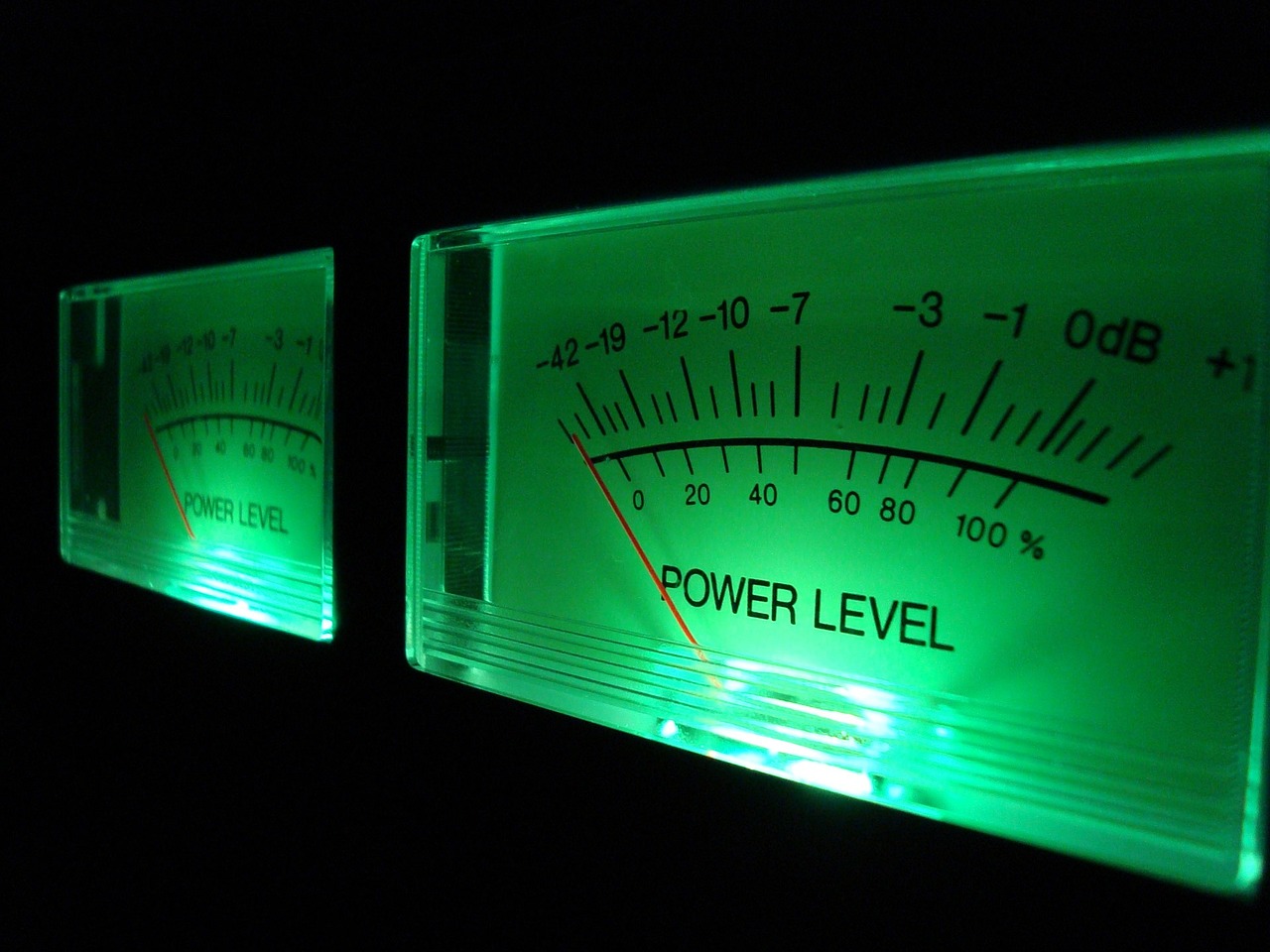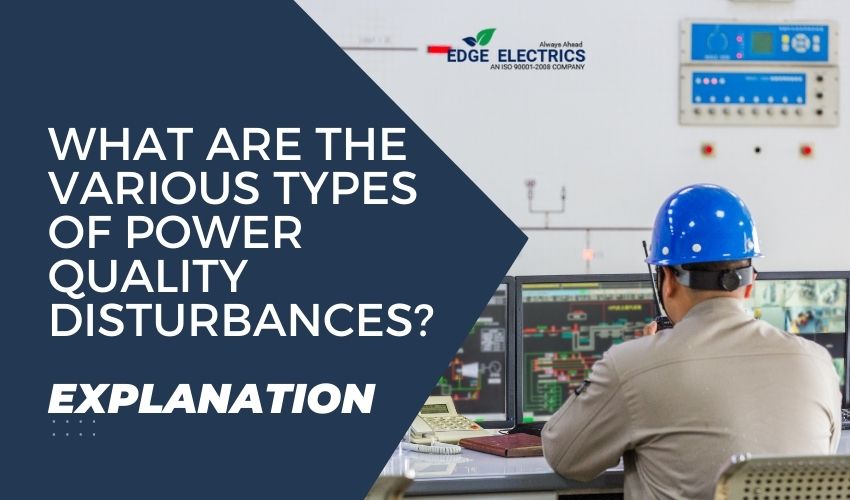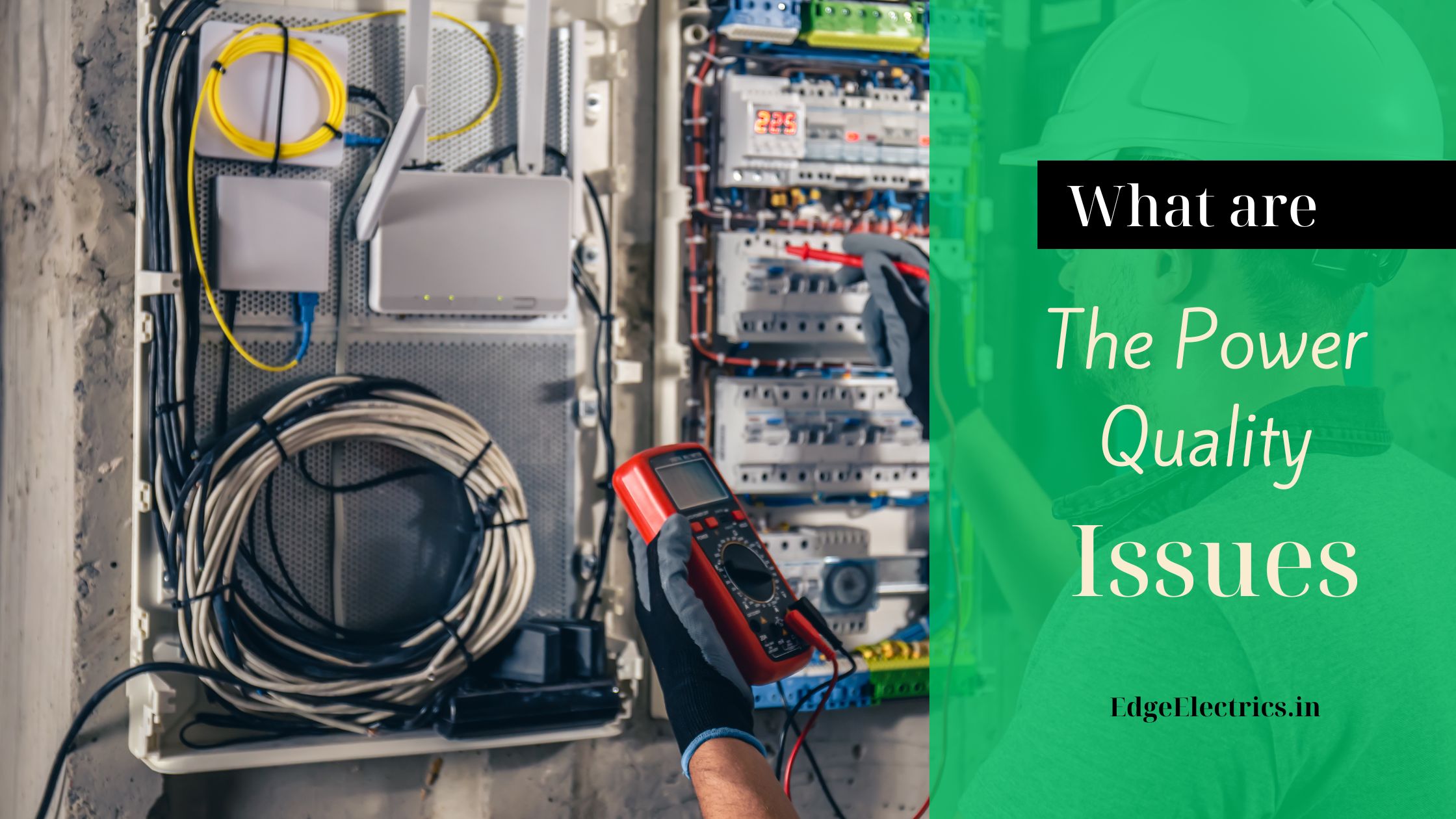
Maintaining Good Power Quality includes several important characteristics such as Voltage Stability, Low Harmonic Distortion, Balanced Voltage, Stable Frequency, and Minimal Transient Disturbances.
Voltage stability guarantees that voltage levels remain consistent without sags or swells, which helps prevent equipment malfunctions. Low harmonic distortion reduces waveform distortion, thereby decreasing stress on equipment and energy losses.
In three-phase systems, balanced voltage ensures equal power distribution, leading to optimal performance of equipment. A stable frequency keeps electrical power consistent, which is vital for the proper operation of sensitive electronic devices.
Additionally, low transient disturbances help to minimize voltage spikes or dips that could potentially damage equipment and disrupt operations. By focusing on good power quality, businesses can avoid expensive equipment failures, lower energy consumption, and improve overall operational efficiency.
What Are The Characteristics Of Good Power Quality?
Power quality is an important factor in electrical systems, indicating how well an electrical supply can deliver consistent, reliable, and stable power to devices and equipment.
In our technology-driven society, maintaining good power quality is crucial for the effective functioning of electrical systems in various areas, such as industrial, commercial, and residential settings.
Good power quality is essential for the reliable and efficient operation of electrical systems and devices
This article delves into the main characteristics that define good power quality, its significance, and the methods used to measure it
Being Familiar With Power Quality
Power quality refers to the features of electrical power that guarantee the reliable and efficient functioning of electrical equipment. It includes several important parameters, such as voltage stability, low harmonic distortion, balanced voltage, stable frequency, and minimal transient disturbances.
Voltage stability ensures that voltage levels remain consistent, which helps prevent equipment malfunctions. Low harmonic distortion reduces waveform distortion, leading to lower energy losses and less stress on equipment.
In three-phase systems, balanced voltage ensures equal power distribution, which optimizes the performance of equipment. Stable frequency keeps electrical power consistent, avoiding problems with sensitive electronic devices.
Additionally, low transient disturbances help to minimize voltage spikes or dips that could damage equipment and disrupt operations. By focusing on maintaining good power quality, businesses can prevent expensive equipment failures, lower energy consumption, and improve overall operational efficiency.
Key Characteristics Of Good Power Quality
Voltage Stability
Voltage stability is the capacity of an electrical system to keep its voltage level steady within defined limits. This quality is essential since numerous electronic devices function best within a certain voltage range.
This stability is crucial for the dependable and efficient functioning of electronic devices, which are built to operate best within a certain voltage range.
Variations in voltage, like sags and swells, can cause various problems. Voltage sags, which are brief drops in voltage, may lead to motors stalling, computers crashing, or electronic devices failing.
On the other hand, voltage swells, or short spikes in voltage, can cause overheating, component damage, or a shorter lifespan for equipment. The acceptable voltage range is usually within ±5% of the nominal voltage, allowing equipment to work within its designed parameters.
To maintain voltage stability, careful system design, effective power system management, and the use of voltage regulation devices are essential. Devices like voltage regulators and dynamic voltage restorers (DVRs) can help reduce voltage fluctuations and ensure a stable power supply.
By focusing on voltage stability, businesses can prevent expensive equipment failures, improve system performance, and boost overall operational efficiency.
Frequency Stability
Frequency stability is the ability of an electrical power system to keep a consistent frequency;most electrical systems operate at a standard frequency (e.g., 50 Hz or 60 Hz) , even when the load conditions change.
This stability is essential for the dependable operation of electrical equipment, as any frequency deviations can cause malfunctions, decrease efficiency, and potentially harm sensitive devices.
To ensure frequency stability, power systems use automatic generation control (AGC) systems that adjust the output of power plants in response to demand fluctuations.
When there is an increase in load, the system automatically boosts generation to match it, and the opposite occurs when the load decreases.
However, sudden changes in load, generation outages, or disturbances in the grid can threaten frequency stability. To address these issues, power systems implement various strategies, such as fast-response generation units, energy storage systems, and sophisticated control methods. By maintaining frequency stability, power systems can provide consumers with reliable and high-quality electricity.
Waveform Integrity
Waveform integrity refers to the quality and shape of the electrical waveform, ideally a sinusoidal wave. Distorted waveforms, characterized by deviations from the ideal sine wave, can have significant negative impacts on electrical equipment.
The waveform shape is an essential aspect of power quality; ideally, it should be a smooth sinusoidal wave without distortions.
Distortions in the waveform can lead to increased heating in electrical components, reduced efficiency, and even failure. Common causes include non-linear loads such as rectifiers or variable frequency drives that introduce harmonic distortion into the system.
Harmonic Distortion
Harmonic distortion describes the alterations from the perfect sine wave form that occur when non-linear loads draw current in abrupt pulses rather than smoothly.
Harmonics can distort the sinusoidal waveform, resulting in a range of issues. Higher levels of harmonics may lead to excessive heating in transformers, which can shorten their lifespan and increase the risk of failures.
Moreover, harmonics can raise losses in conductors, contributing to greater energy consumption. They can also disrupt communication lines, leading to signal degradation and noise.
To address these challenges, harmonic filters and power factor correction devices are commonly used to minimize harmonic distortion and enhance overall power quality.
Balanced Three-Phase Systems
In three-phase power systems, it’s important for the three phases to be well-balanced, featuring equal voltage magnitudes and 120-degree phase differences.
When the three-phase systems are unbalanced, it can lead to higher currents, overheating, and possible damage to the connected equipment
Transients and Spikes
Transients are brief spikes in voltage or current that occur due to sudden changes in load or faults within the system. Common causes include lightning strikes, switching operations, or faults in electrical equipment.
To protect sensitive equipment from transients, businesses often employ surge protectors or uninterruptible power supplies (UPS) that can absorb these spikes before they reach critical devices.
Absence of Power Interruptions and Fluctuations
Good power quality means there are no interruptions, sags, surges, or other fluctuations in the power supply. Such events can lead to equipment malfunctions, data loss, and even damage to sensitive electronics. For many industrial and commercial applications, reliable and continuous power delivery is crucial.
Minimal Electromagnetic Interference (EMI)
Electromagnetic interference can interfere with the functioning of electronic devices and systems, causing malfunctions, data errors, and various other problems. To ensure good power quality, it’s essential to reduce EMI by implementing effective grounding, shielding, and filtering methods.
Measuring Power Quality
Measuring power quality involves assessing various parameters using specialized tools and instruments designed for this purpose
Techniques include continuous monitoring using data loggers or periodic assessments with handheld analyzers that measure voltage levels, current harmonics, frequency variations, and transient events.
Common instruments include power quality analyzers that provide detailed insights into the state of electrical supply by recording data over time.
Several international standards exist for measuring power quality, such as IEC 61000-4-30 which outlines methods for assessing various aspects like harmonics and flicker.
Benefits of Good Power Quality
Good power quality provides several advantages that boost operational efficiency:
Enhanced Equipment Performance and Reliability: Quality power minimizes the chances of equipment failure and extends its lifespan.
Reduced Downtime and Maintenance Costs: A stable power supply decreases interruptions, which can result in expensive downtime.
Improved Energy Efficiency: Operating efficiently cuts down on energy waste, ultimately reducing overall operational costs.
Challenges in Maintaining Good Power Quality
Maintaining good power quality presents several challenges due to a variety of factors:
Common Issues Affecting Power Quality: Aging infrastructure often fails to meet contemporary demands, while the rising energy consumption driven by new technologies adds extra strain on existing systems.
Strategies for Overcoming These Challenges: Establishing regular maintenance schedules, investing in modern infrastructure upgrades. And adopting smart grid technologies can effectively address these issues.
Best Practices for Ensuring Good Power Quality
To maintain consistently good power quality:
Regular Monitoring and Analysis: Set up continuous monitoring systems to quickly identify any anomalies.
Implementing Corrective Measures: Utilize voltage regulators or harmonic filters as necessary based on the results of your analysis.
Training Personnel on Power Quality Issues: Provide education to staff about the potential problems associated with poor power quality. enabling them to respond effectively.
Conclusion
In conclusion, As technology advances, ensuring a high-quality electrical supply will continue. It is essential for operational efficiency in our increasingly electrified world.
By grasping its essential features—voltage stability, frequency stability, waveform integrity, harmonic distortion, and transients. Companies can take proactive measures to ensure their electrical supply adheres to high standards.
Focusing on good power quality improves equipment performance. It also results in considerable cost savings by minimizing downtime and maintenance costs.
Maintaining the characteristics of good power quality is vital for the dependable functioning of electrical systems in different industries.
continue reading
Related Posts
Power Quality Disturbances are voltage sags, swells, spikes, fluctuation and […]
Ensuring good power quality is crucial in electrical systems. As […]
What is Power Quality Classification? Power quality classification is a […]




